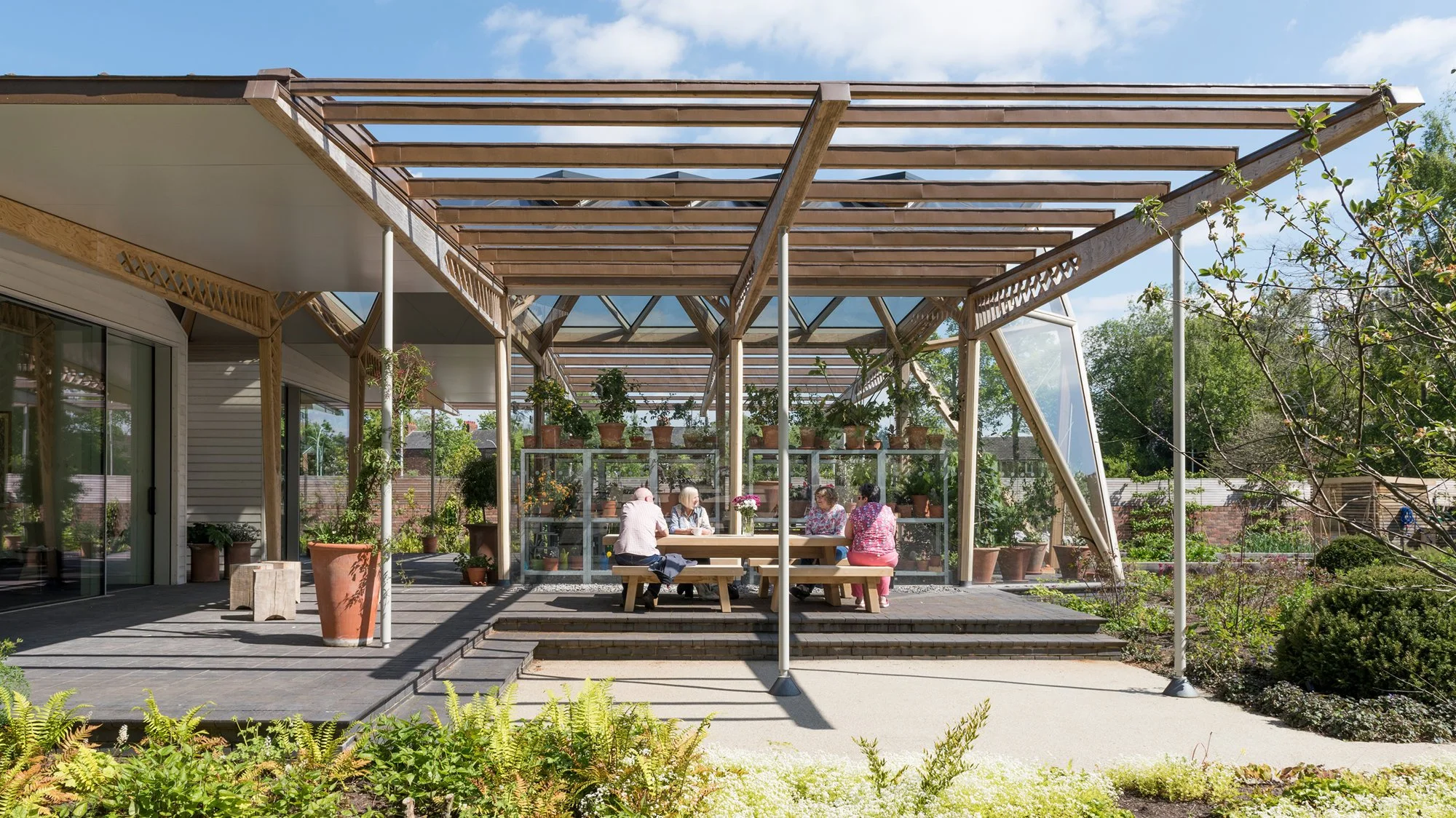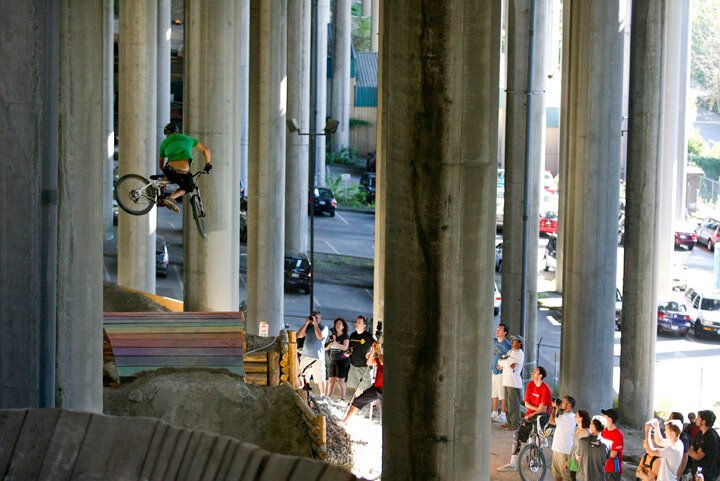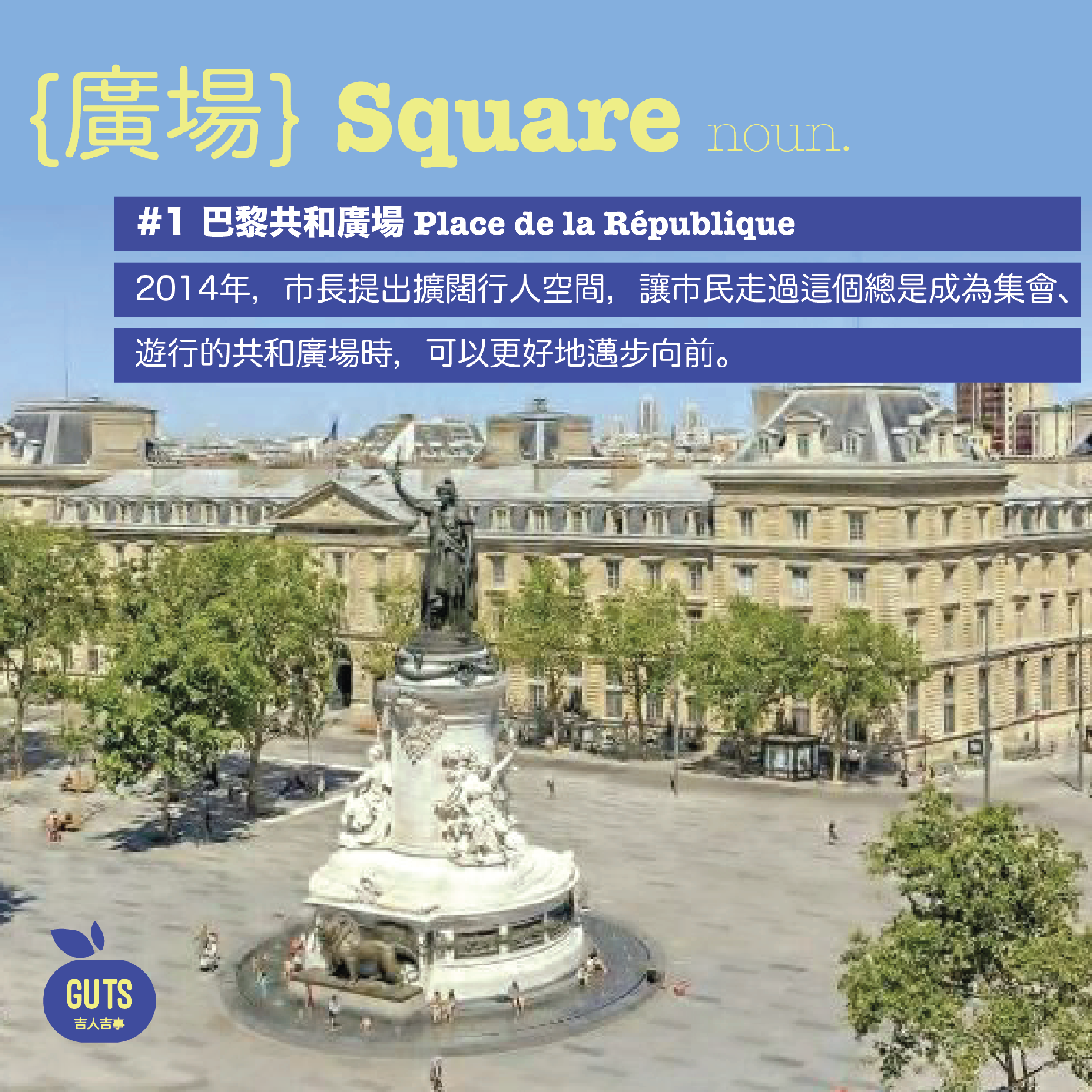外國郊野吉事:以大自然為本 從最基本出發|GUTS:CASE - Foreign countryside stories: back to the nature, back to the basics
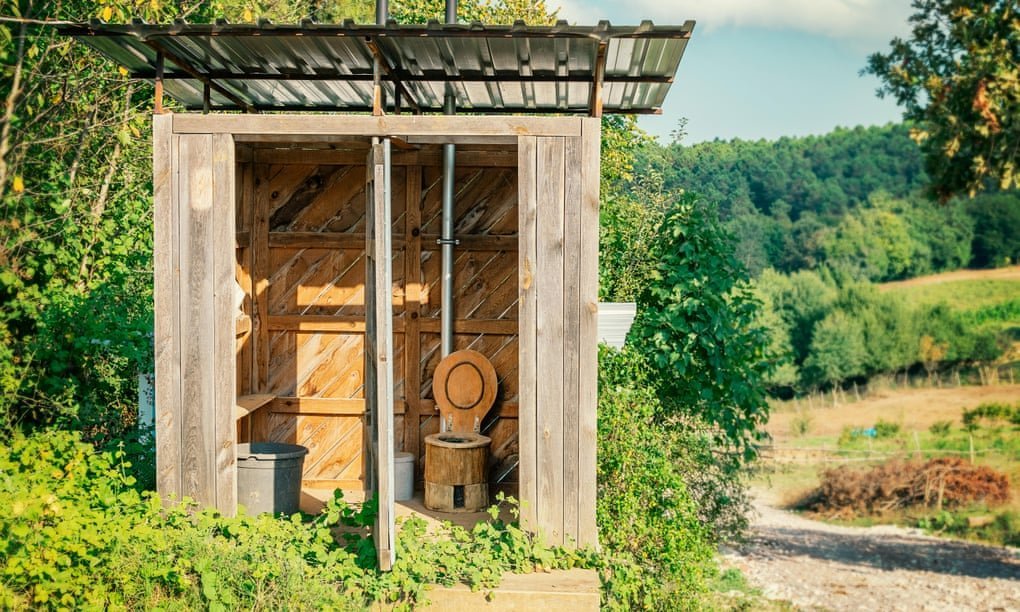
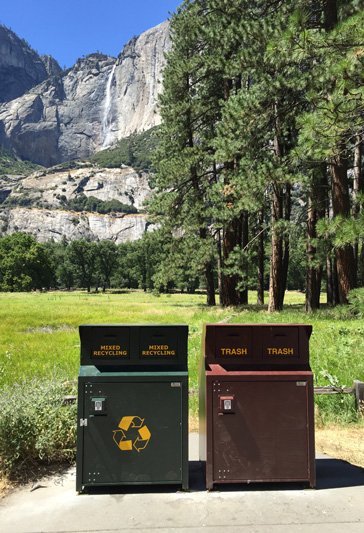
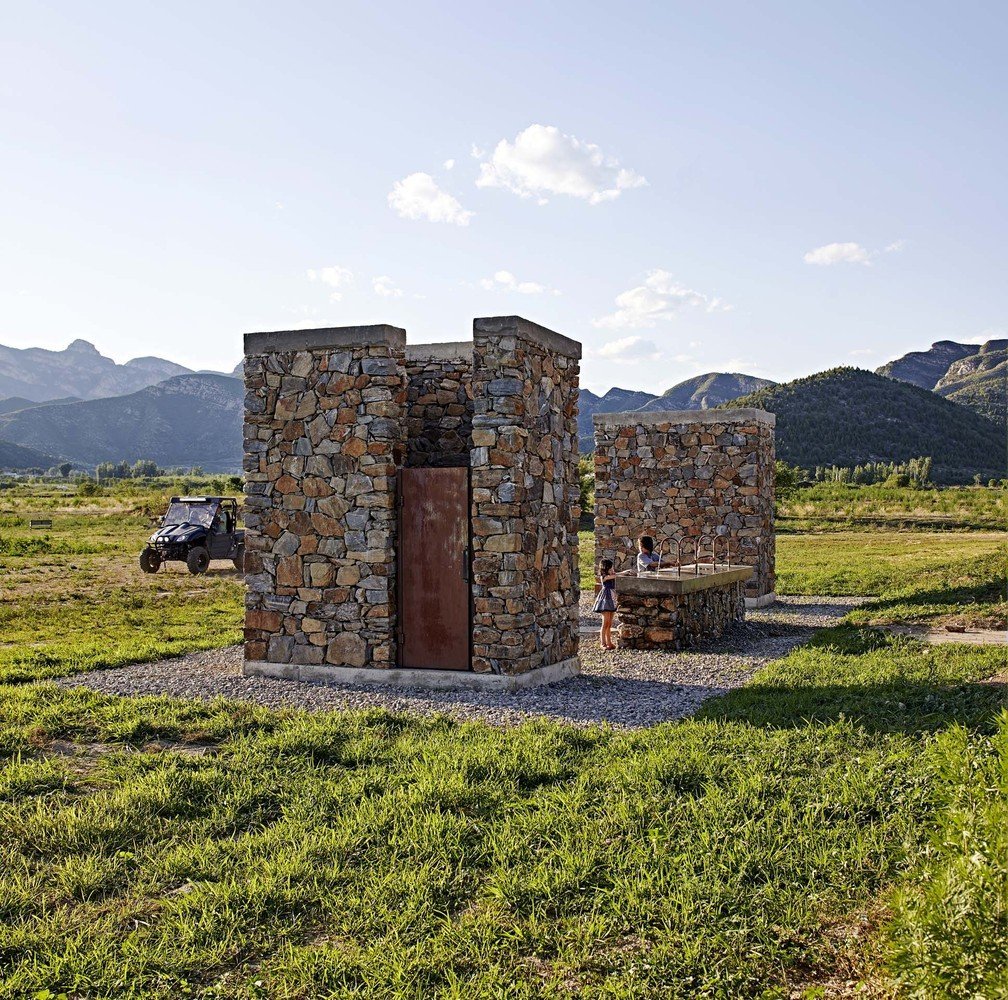
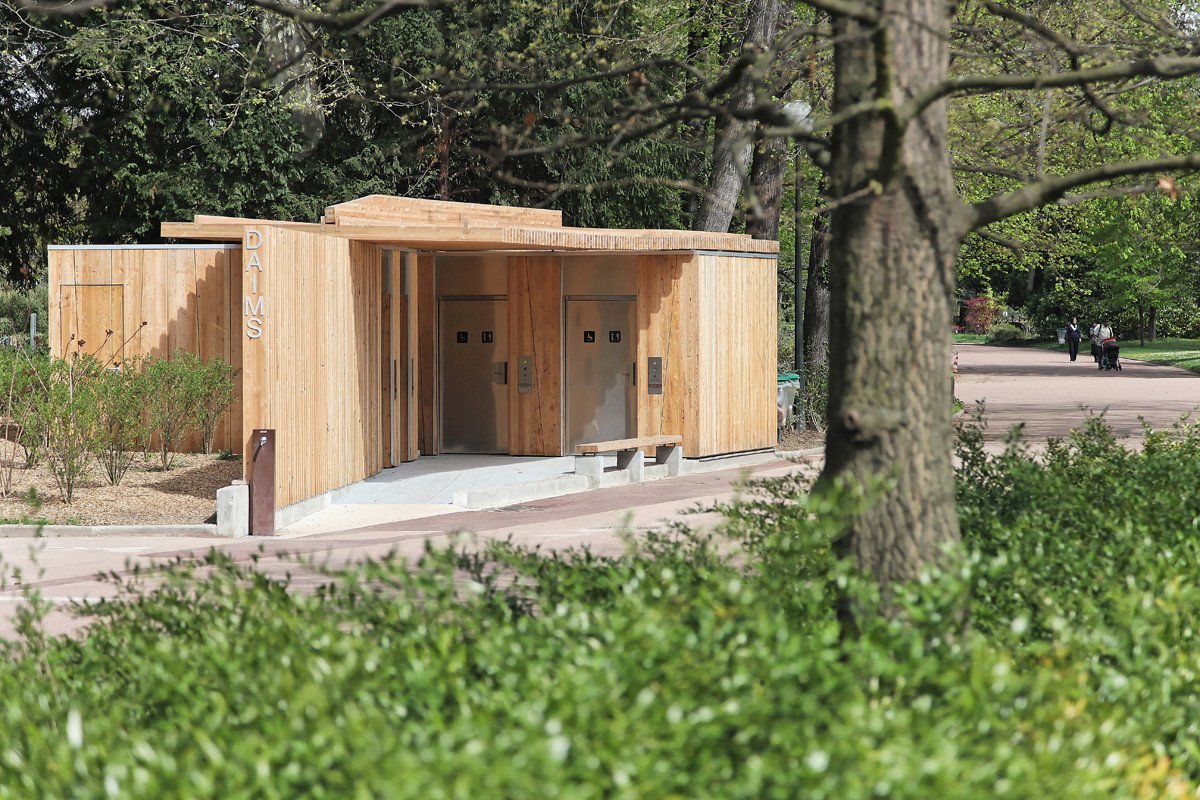

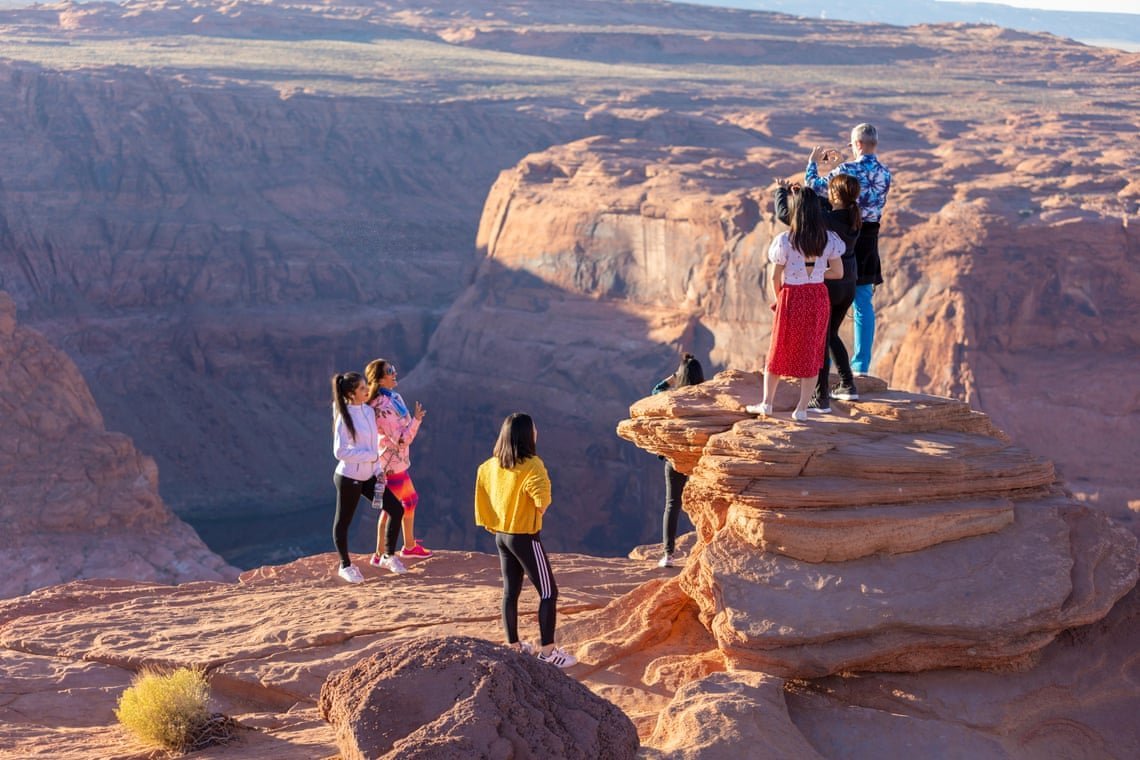
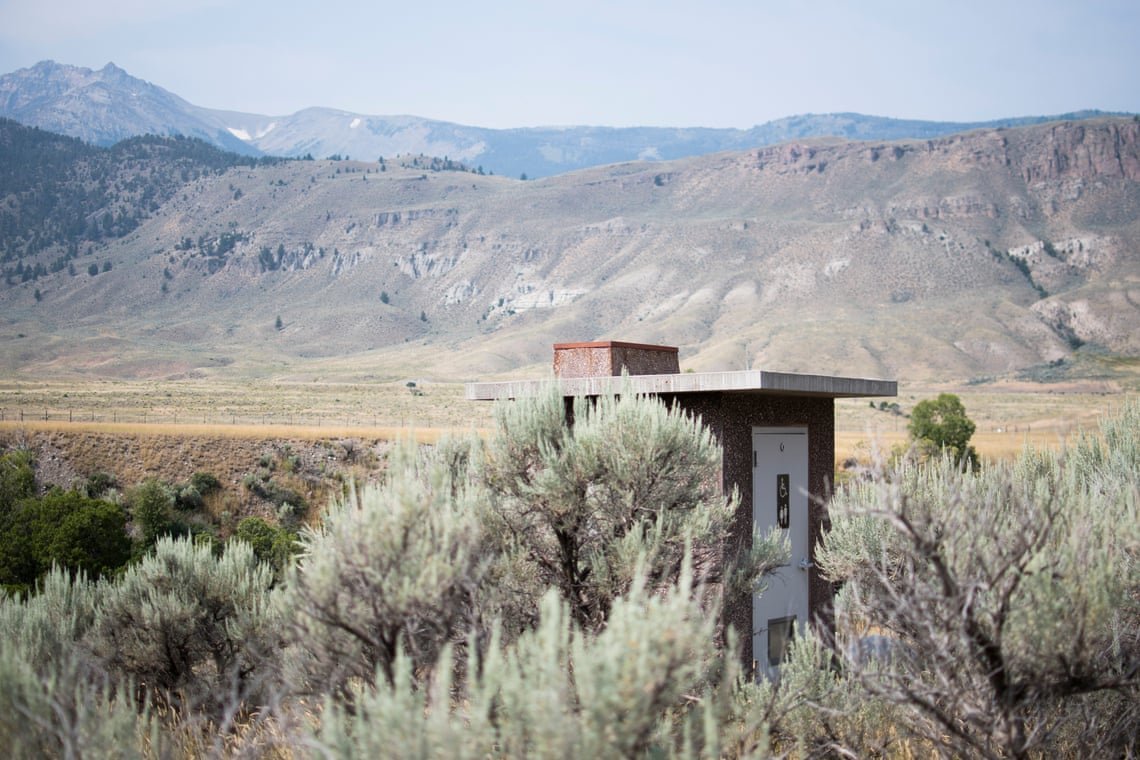
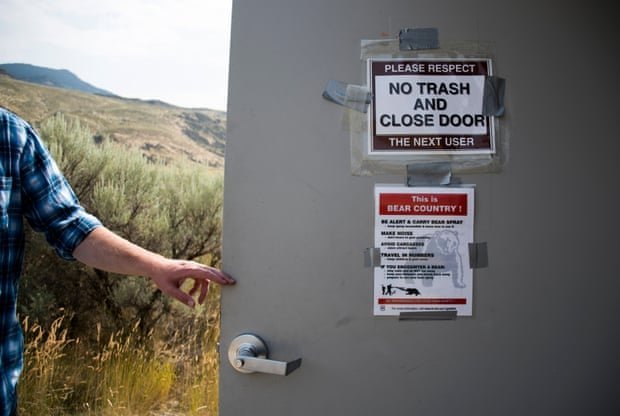
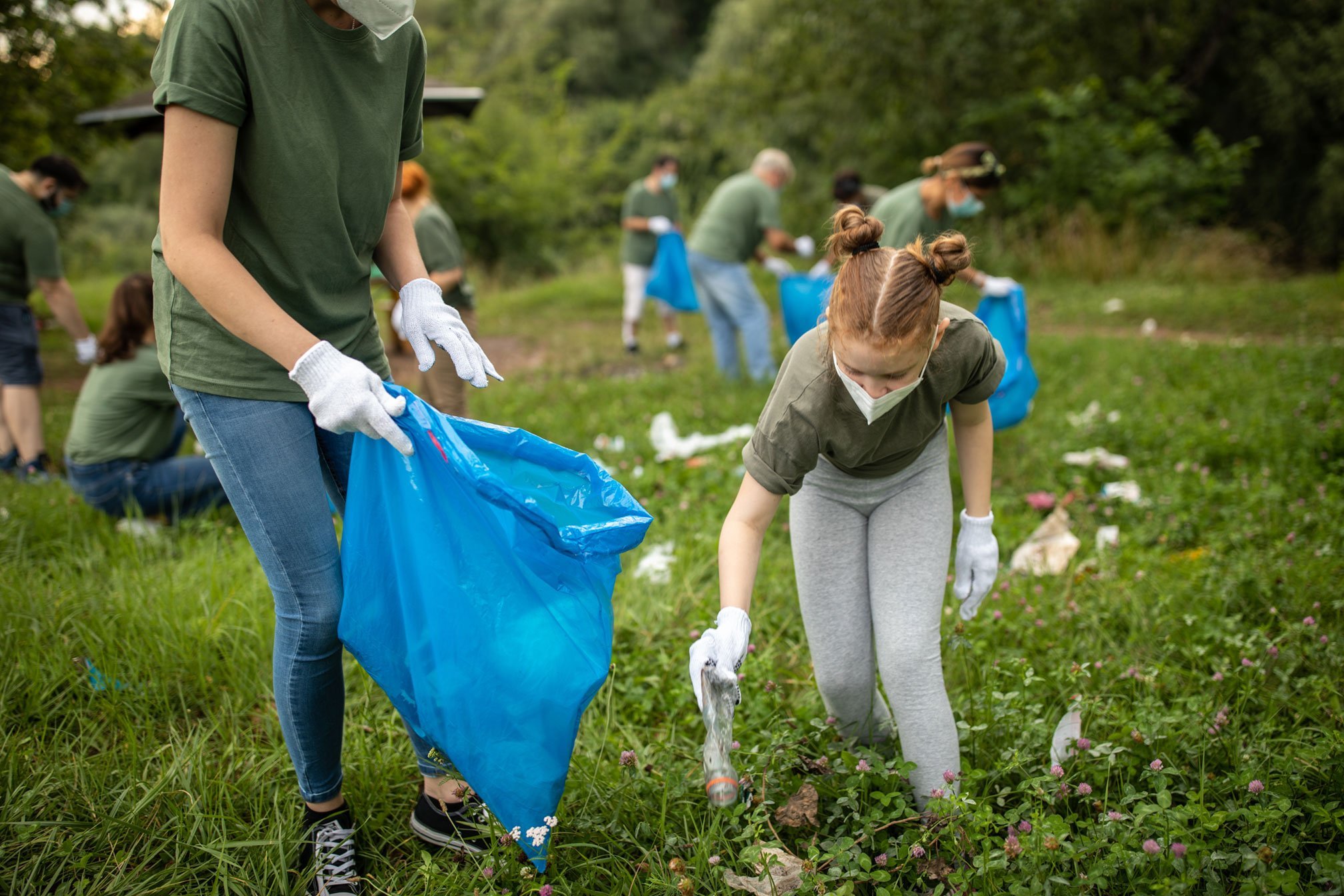

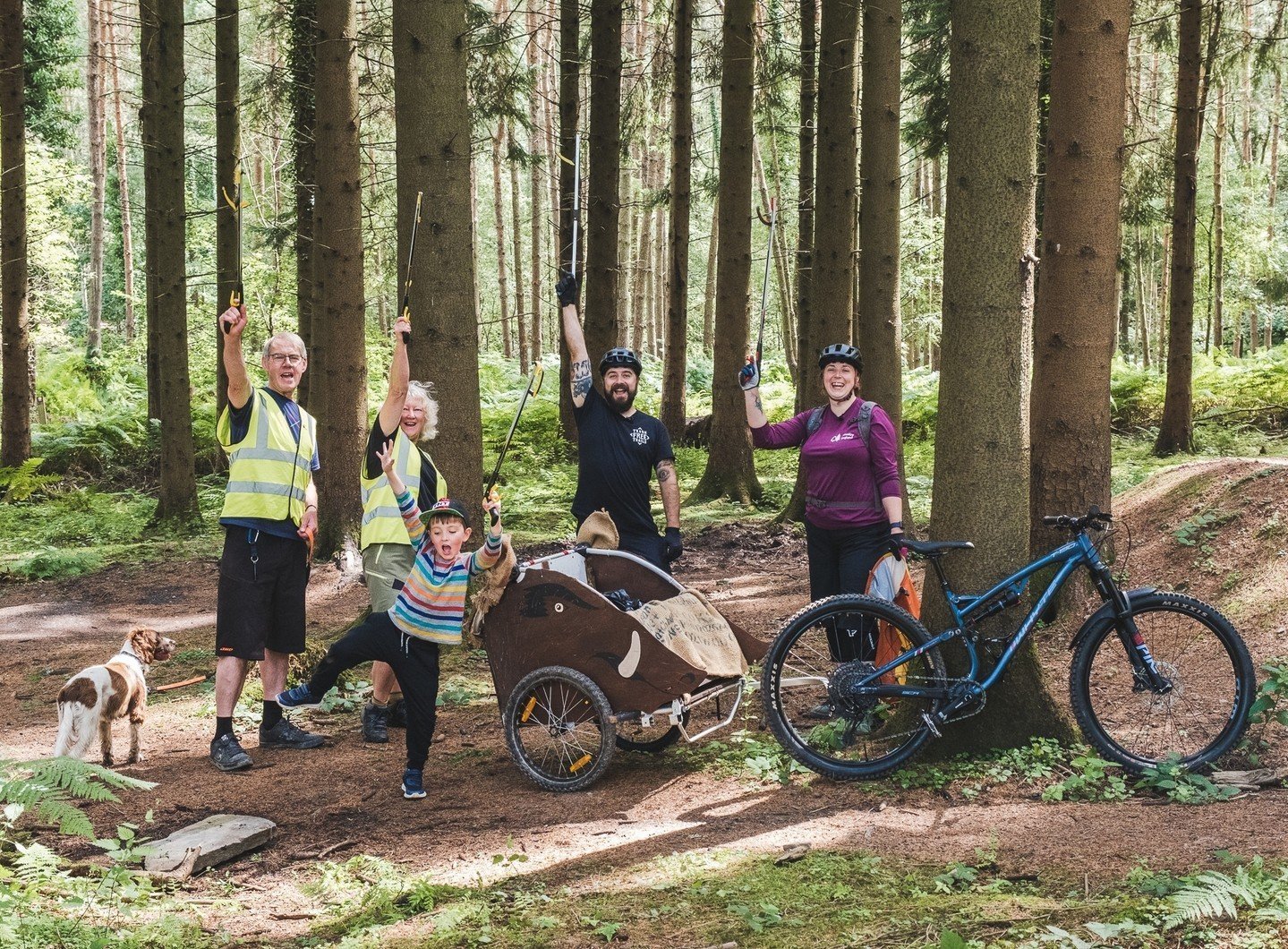

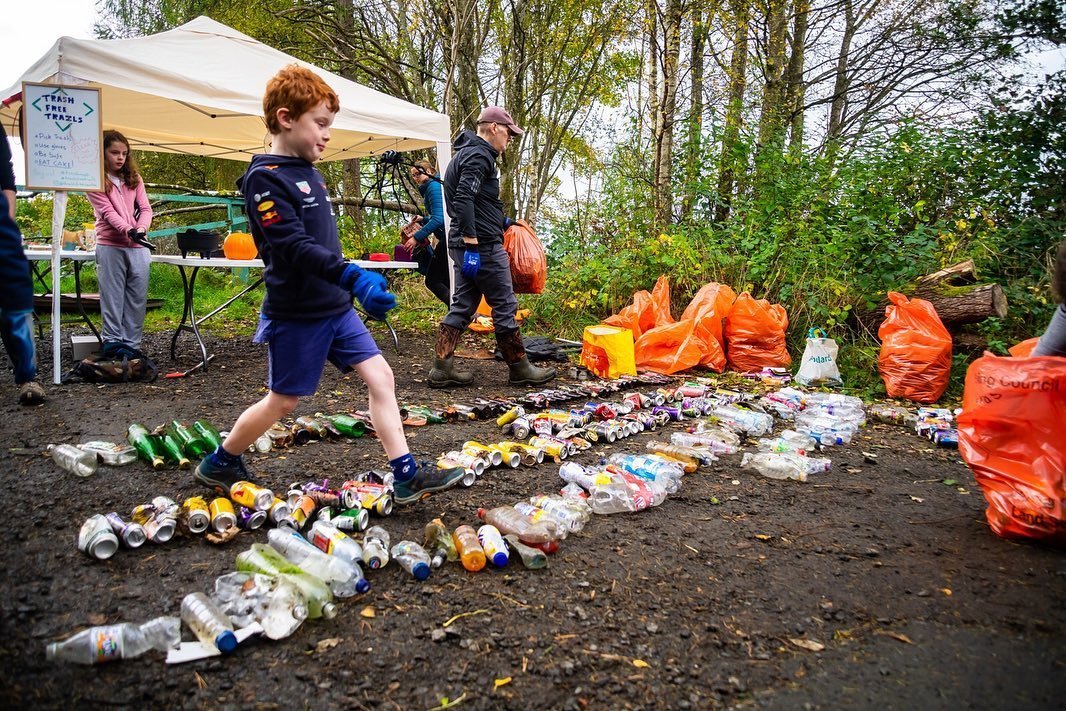

關於郊野的問題,香港不是孤單作戰。過去多年,不少國家人口增長,旅業暢旺,郊遊露營成為時尚風潮,為大自然製造壓力;而去年至今席捲全球的疫症,假期在國內的郊野遊山玩水是唯一選擇,令郊野的設備、垃圾等問題更顯嚴重。
如果,香港的郊野仍未想到好的解決方法,我們不如把眼光移到外國,看看這些國家有沒有香港可以借鏡的地方?
容量感應器 防垃圾滿瀉
「清潔龍阿德」只有一個,「垃圾蟲」卻是世界各地都有。在美國,國家公園每年逾3億到訪人次、製造45,000公噸垃圾,比較香港郊野1120萬人次、2316公噸垃圾,數字更驚人。而在英國郊外,垃圾遍野的問題同樣嚴重,有組織曾做過調查,估計每年有500萬人在湖區郊外地方亂拋垃圾;而逾半的受訪者,認為即使郊區有多偏遠,也應該有垃圾桶讓人使用。
垃圾問題令人頭痛,它不止令污染自然環境,也有潛藏引起火災的危險、破壞生態,同時耗費大量人力物力。為了減省人力資源,英國國家古蹟信託基金(National Trust)的新招式是應用科技,在垃圾桶安裝感應器,按實況派人清理,避免清潔工人,避免垃圾桶爆滿無人管。非政府機構Trash Free Trails,則把打掃苦差變為好玩的事,如萬聖節舉行執垃圾任務,出動「鬼鬼」宣傳,所指的不是「大嘥鬼」,而是骷髏垃圾鬼。參加者邀請親友一起參加,在網上取得「打掃懶人包」,認識準備流程、工具以及注意事項後開工,再將執垃圾前後的環境相,上載社交平台,眾人笑容燦爛,帶動更多人樂在其中,關注郊野垃圾問題。
而美國環團Leave no Trace,就嘗試結合研究與教育。他們在收到求助後,會到飽受人為破壞的地點視察,先了解當地人的郊遊行為及態度,再歸納垃圾成因,因地制宜打造工作坊及活動,連繫山林管理者、遊人、居民等,教授他們真正需要的護林技巧。觀照香港,政府與環境組織或可更多採用設計思維,掌握實況後再作公眾教育,成效料更顯著。
減廢廁所 融入山林
至於郊外的公廁,除了引進感應沖廁等科技,外國有沒有例子值得香港參考?
在英國、法國,化肥廁所是新潮流,人類排泄物不被視為廢物,可以「化作春泥更護花」。2014年起,英國大型戶外音樂節Glastonbury Festival試行堆肥廁所。觀眾如廁後,朝馬桶勺一口木屑,既能遮蓋排泄物,亦能吸收水分、分解大便。農場會收集後製化肥,灌溉農作物。至於氣味,生物學家Fin Jordão認為不難聞:「嗅起來像森林地,那種真菌、樹葉的味道。」化肥廁所在音樂節得到正評,2018年,音樂節已用上超過1000個,既減少污染,也減少耗水量。
廁所融入自然的設計,也相當精彩。在法國里昂市公園Tête d'Or,建築師採用落葉松淺色木材興建公廁,雖也用到石屎,卻完全不留痕跡。木條屏風透露樹景,視覺上減少廁所佔用的空間。木條延伸的屋頂成為遮蔭位,傷健人士皆可短留休息。北京天開露營公園,廁所由附近的天然石砌成,帶原始曠野之美。水龍頭設於室外,大眾可以邊洗手邊賞景。廁所亦成為地標,方便人們認路。套入香港思考,當公廁足夠顯眼,既幫到遊人找路,急救包、AED機(心臟去顫器)亦可設置在此,做到消防處力倡的「睇得到用得到」。
行山連結小眾
行山,要帶指南針、通訊設備,但我們有沒有想過,如果是殘疾人士,又應該帶什麼?抑或,行山並不適合他們?
天大地大,要在所有山徑添置共融設施,未必最實際,但在一些山勢較平坦的郊遊徑當然是可以做到的,安裝引路繩、以緩和斜道代替石級,就可讓行走障礙者有個安心去舒展身心的行山徑。
另外,有些群組,並不是有行動障礙,但因為接收資訊的渠道有限、對行山認知不足,對於「行山」也有顧慮,例如少數族裔、外傭姐姐、劏房戶等。
美國社企Climbing for Change為小眾舉辦行山活動、教授山藝,建立參加者自信、在地歸屬感,亦擴闊社交圈子。組織網站設資訊平台,大眾可以上載或參加活動,交流心水路線,建立行山社群。長遠而言,他們也能成為推廣郊遊大使,向自身社群傳遞郊遊安全、環境保育等信息。由於理解同路人的疑難,他們的分享比官方廣告更有感染力,更易借鏡上手。理想的共融行山,就是讓山成為所有人的靠山。
地點:美國、英國、法國
相片:網上資料
Hong Kong is not alone in the fight to improve its conservation of its countryside. With rising urban population across the world, eco-tourism has gained momentum, which also created pressure on nature as more people enjoy picnics and camping in country parks. These activities became more popular since the outbreak of the global pandemic as people had little choice but to spend their holidays at home, seeking out scenic nature areas they had overlooked in the past. This inevitably caused park operations issues such as insufficient provisions for visitor amenities and inadequate waste management.
Perhaps to come up with good solutions to tackle problems in our country parks, we should take a leaf from the best practices and innovative ideas other countries have implemented?
How full are the bins? Let the sensors to tell you.
Here in Hong Kong, locals grew up with the one-and-only Keep Clean Ambassador Ah Tak Dragon and his nemesis, the immeasurable Litter Bugs. These well-known characters, created by the HK government in a famous Keep Hong Kong Clean campaign in the 1970s, have influenced generations of young residents to think twice before littering.
Around the world however, littering is a prevalent problem. For example, around 300 million people visit United States’ national parks each year. Collectively, they left behind 45,000 tonnes of waste, which far outstripped the 2,316 tonnes of waste created by 11.2 million visitors to Hong Kong’s country parks. The situation was equally worrying in the UK, with a survey estimating many of its 5 million visitors to the Lake District annually were also litterbugs. More surprisingly, more than half of respondents surveyed felt rubbish bins should be provided even in the most remote country parks.
Littering not only pollutes the environment but also increases fire risks and damage the ecosystem. Managing the problem also drains manpower and resources. UK’s National Trust is tackling the problem with new technologies. Sensors are installed in rubbish bins so that alarms get triggered once they are full. This optimised the manpower needed to remove the trash. Non-governmental organisations (NGO) around the world are also lending a hand in the fight against littering.
On one hand, UK’s Trash Free Trails has turned the laborious task of cleaning up country parks into a fun activity. For example, it launched a clean-up campaign during Halloween where participants pledged to dress up as spooky characters to encourage their family and friends to join their cleaning-up “mission”. Participants’ kits available online come with guidelines for cleaning, the tools needed, and things they should pay attention to. After carrying out their mission, participants were encourage to upload their fun-filled activity photographs onto social media platformsto draw more attention to littering problems in the countryside.
On the other hand, US green advocacy group Leave No Trace has adopted a two- pronged research and education approach to tackle littering problems in United States’ country parks. After receiving a request for assistance, the group would first observe visitors’ behavior and survey their perception of how human activities in country parks have contributed to the littering problem. The information is then used to create a tailor-made workshop on environment protection to train and connect park managers with visitors and residents staying nearby. Hong Kong’s government and green groups could certainly learn something from Leave No Trace’s unique social design methods to better understand the problems faced by our country parks before carrying out specific public education programmes that could target problems faced by country parks more effectively.
Can toilets be eco-friendly? Sure, they improve the ecology too!
When it comes to improving public toilets in country parks, are there good overseas examples we can learn from apart from blindly adopting the latest and fanciest technologies?
In UK and France for example, the rising popularity of compost toilets has changed the perception of excreta from unless waste to precious nourishment for plants. Glastonbury Festival, a large-scale contemporary performing arts festival in the UK, first introduced compost toilets in 2014. No water was needed after performing a number two. Instead, one only needs to sprinkle sawdust into the toilet bowl to absorb water and break down the excreta before farm owners come by to collect the excreta to produce fertilisers. The toilet does not smell terrible too, contrary to most people’s perception. According to biologist Fin Jordão, the composting excreta has an earthy smell, not unlike that of fungi and leaves. Compost toilets were definitely well-received at Glastonbury, as over 1,000 units were deployed during the 2018 festival. This not only consumed less water, but also reduced the festival’s impact to the environment.
There is also much to learn from good examples of incorporating toilet design into nature. In Parc de la Tête d'or in Lyon, France, toilets featured larch planks in a big way. Although concrete is used to construct the structural framework, it is hardly noticeable as larch screens, instead of solid walls, toned down the harshness of the framework and instead offered glimpses of trees and nature outside. The larch planks are even used to create roof overhangs that offer shady resting spaces for visitors. In Beijing’s Tiankai Camping Park, the toilet is built with natural stones quarried nearby to create a rustic feel. Even the open air wash counters were meticulously positioned for people to enjoy the view while washing hands. The beautiful structure also stands out as a prominent landmark to aid navigation in the park. If toilets in Hong Kong’s country parks are well-designed and prominent, they too can help hikers find their way, and perhaps they could come with extra features, such as having first-aid kits and AED machines. This would definitely expand the reach of the Fire Services Department’s “AED Anywhere for Anyone” Programme.
How to create an inclusive society? Hiking is a good start
When we talk about inclusive hiking, wheelchair users and visually impaired persons are usually the first that come to mind. Ethnic minorities, domestic helpers, and subdivided-flat occupants are not usually considered, yet they too should be encouraged to enjoy a change of scenery. They might just be pleasantly surprised by the invigorating benefits of hiking.
Climbing for Change, a social enterprise based in US, is dedicated to organising hiking activities and mountaineering courses for minorities. The enterprise is guided by a vision to help participants establish confidence, create a sense of belonging to their community, and expand their social circle. Through its online portal, Climbing for Change aims to form a hiking community where users could exchange hiking information, initiate or participate in activities, and at the same time become hiking ambassadors to promote safety messages and environmental conservation in country parks. Indeed, the knowledge they share by word of mouth is deemed more convincing and practical than government propaganda, as fellow hikers understand each other’s needs and worries. Perhaps the true meaning of inclusive hiking is not only about helping someone facing difficulties in hiking to do so, but rather to use the activity to show how the community could support minorities to overcome their challenges in life to create an equitable society.
Location: UK, US, France
Photos: Internet
你可能對以下吉人吉事有興趣:
You may also be interested in these GUTS Stories:




